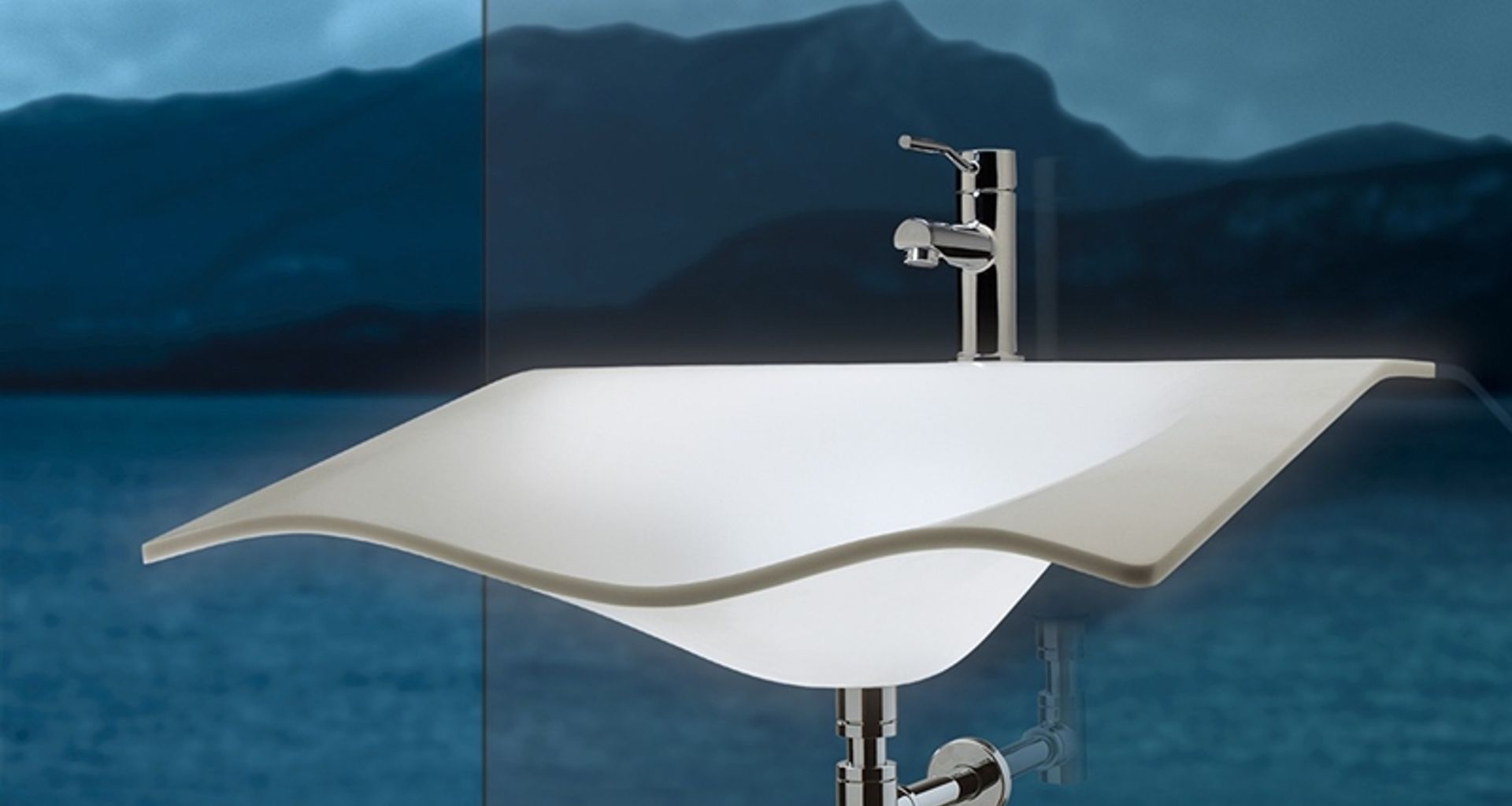Should you future-proof your bathroom?
Written by
24 August 2016
•
3 min read

Where can $30 today save you $20,000 in a few years? According to Sean Paterson from SA Plumbing, in the bathroom.
With some simple reinforcement, a bathroom can cater to our rapidly ageing population, without sacrificing any of the style that people tend to focus on in their earlier years. But how do they go about this? And why aren’t people thinking about this when they design or renovate their home?
Cater to the current NZ demographic
“Bathrooms aren’t designed with accessibility in mind,” Paterson says. “When you look at the retirement market, the 65 and over age bracket, more than 40 per cent of these people have some kind of mobility impairment, but there’s nothing in place to account for it.”
Some of this can be fixed, he says, by simply reinforcing walls early on. When designing a bathroom, he says adding in $20 or $30 of wood to strengthen a wall will mean that you can install hand rails later on without having to completely refit the room. This can cost as much as $20,000, yet is often overlooked.

Future-proofing is an important consideration as people grow older, and Paterson adds that making sure you have considered this won’t just be practical – it could add resale value.
Trendy accessible bathrooms
One issue with installing hand rails and mobility aids, Paterson notes, is that they often clash with the aesthetic of a home.

“Often, accessible bathrooms look like they’re straight out of a hospital. Stainless steel, exposed fastenings and non slip finishes that create an industrial look that isn’t always visually appealing.”
To this end, he and the team at SA Plumbing have been providing Goman bathroom implements, that are made with style in mind – but not at the cost of practicality.
For example, he says Goman wash basins, particularly the Flight range, have a breadth and incline that are perfectly suited for people with limited mobility. These are made out of Corian, and the Flat range is made from engineered stone. With a wide range of different colours and finishes available, they can be adapted to suit any home design.
Hand rails also come with stylish matte finishes, and are designed with fastenings hidden from view, giving a strong focus on looking good that is often lacking in mobility and bathroom aids.
Home design for mobility impaired
Future-proofing bathrooms goes well beyond this, as Paterson points out.
“There need to be smaller homes across the board, really. Fixing housing supply is all well and good, but 10,000 three or four bedroom homes doesn’t cater for the ageing population in the right way. We need smaller homes with bathrooms designed specifically for people that have mobility problems.”
This includes creating more space in the bathroom – so people with frames or wheelchairs can get around, for example. Creating an accessible home for everyone doesn’t mean kitting it out so it looks like a medical facility, but it does mean thinking ahead to the future. Anyone with a space that people might grow old in should start thinking about how they can tailor it to the ageing population.
